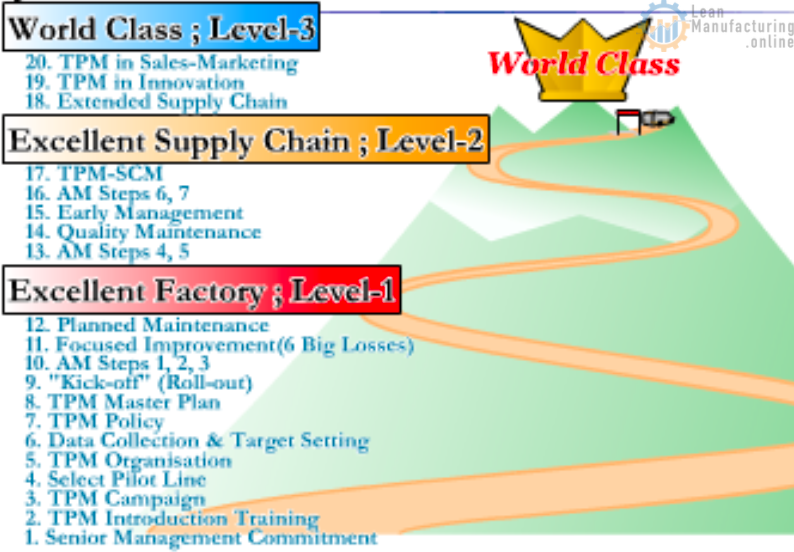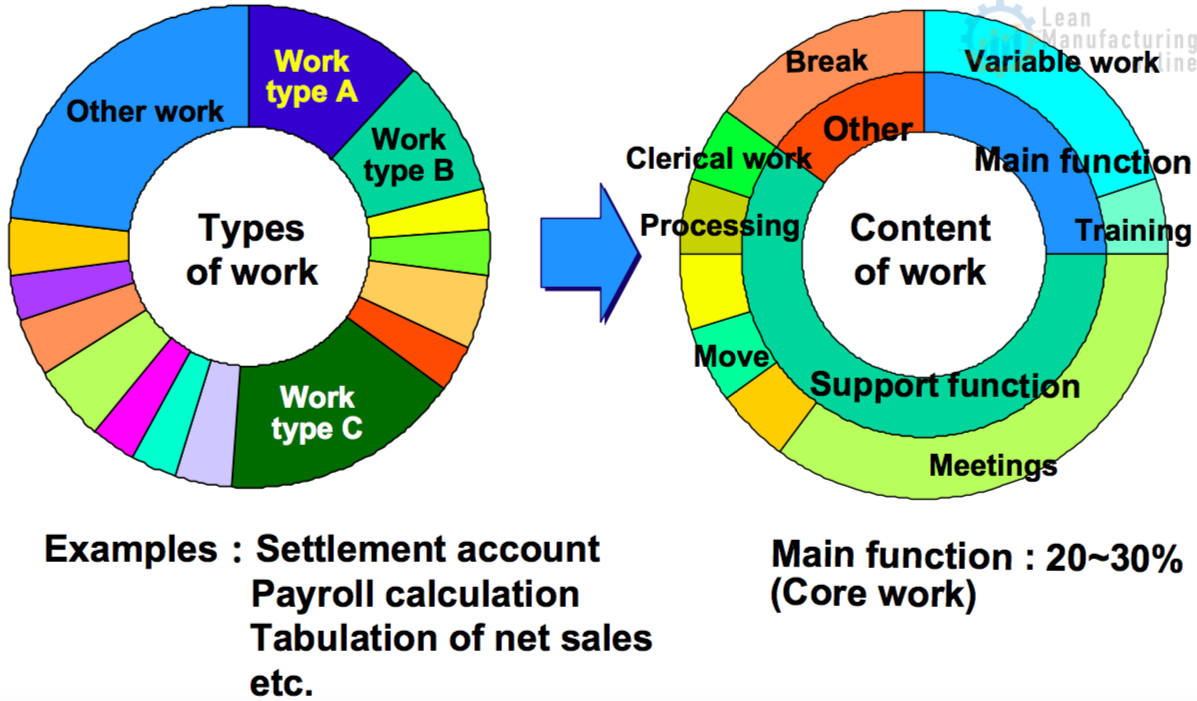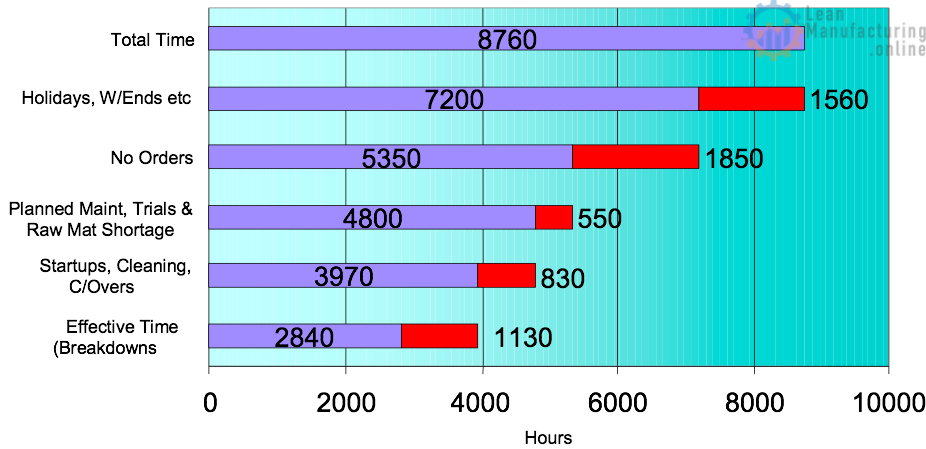Modern advances in computer and communications technology have created a world in which all kinds of information can be exchanged in real-time all over the globe. This has given added impetus to the diversification of consumer requirements and rapid lifestyle changes taking place in today’s society. An increasing variety of unique products, each with a very short life-cycle, has emerged to meet these demands, making the job of running a business more complicated than ever. In these changing circumstances, the top priority for many companies is to build systems that will allow them to survive and prosper in the face of fierce domestic and overseas competition. All organizations need their own clearly defined business strategy for responding to market trends. Apart from the obvious need to develop new products and bring them to market as quickly as possible, another vital issue for managers is to mark their company out from its rivals in terms of both quality and cost.
It is reckoned that eighty percent of a product’s quality and the cost is built into it during its development, design, and manufacture. This means that the development, design, and other relevant departments must work closely with the production department, providing comprehensive backup to eliminate any waste during production. The production department, meanwhile, needs a system that allows it to make the products ordered by the sales department, on time, and at the levels of quality and cost expected by the development and technology departments. This requires a TPM program that embraces not just the production department but the entire company, including administrative and support departments.
But if administrative and support staff do not work directly with production equipment, how can they practice TPM? To do this properly, they must do more than just increase the productivity of their own work by reducing waste and errors and creating procedural manuals for their administrative systems. They must also achieve tangible results that make a real contribution to the business, helping to raise the efficiency of the production system through every facet of the organization’s activities.
Departments such as planning and development, technology, and production management, do not directly create value in the same way as the production department. However, they must still play their part in helping to reduce costs and improve the firm’s competitiveness. This requires them first and foremost to gather information from the different functional areas of the production system, expertly analyze this information, and provide the necessary assistance and advice to production and other departments. This is the key role of administrative and support staff. Their second duty is to increase their own productivity and reduce departmental costs. Through this, they can help the company to expand strategically in the way it must if it is to respond more effectively than its competitors to today’s frenetic changes in social and economic conditions. Third, they should use these activities as a basis for building customer confidence and improving the company’s image.
If these responsibilities are to be promoted in administrative and support departments by means of TPM, then each department involved has to think very carefully about its mission, in terms of:
- What it must do in order to support TPM activities in production and other departments; and
- Which issues it must focus on, and how it must deal with them, in order to improve the efficiency of its own organization.
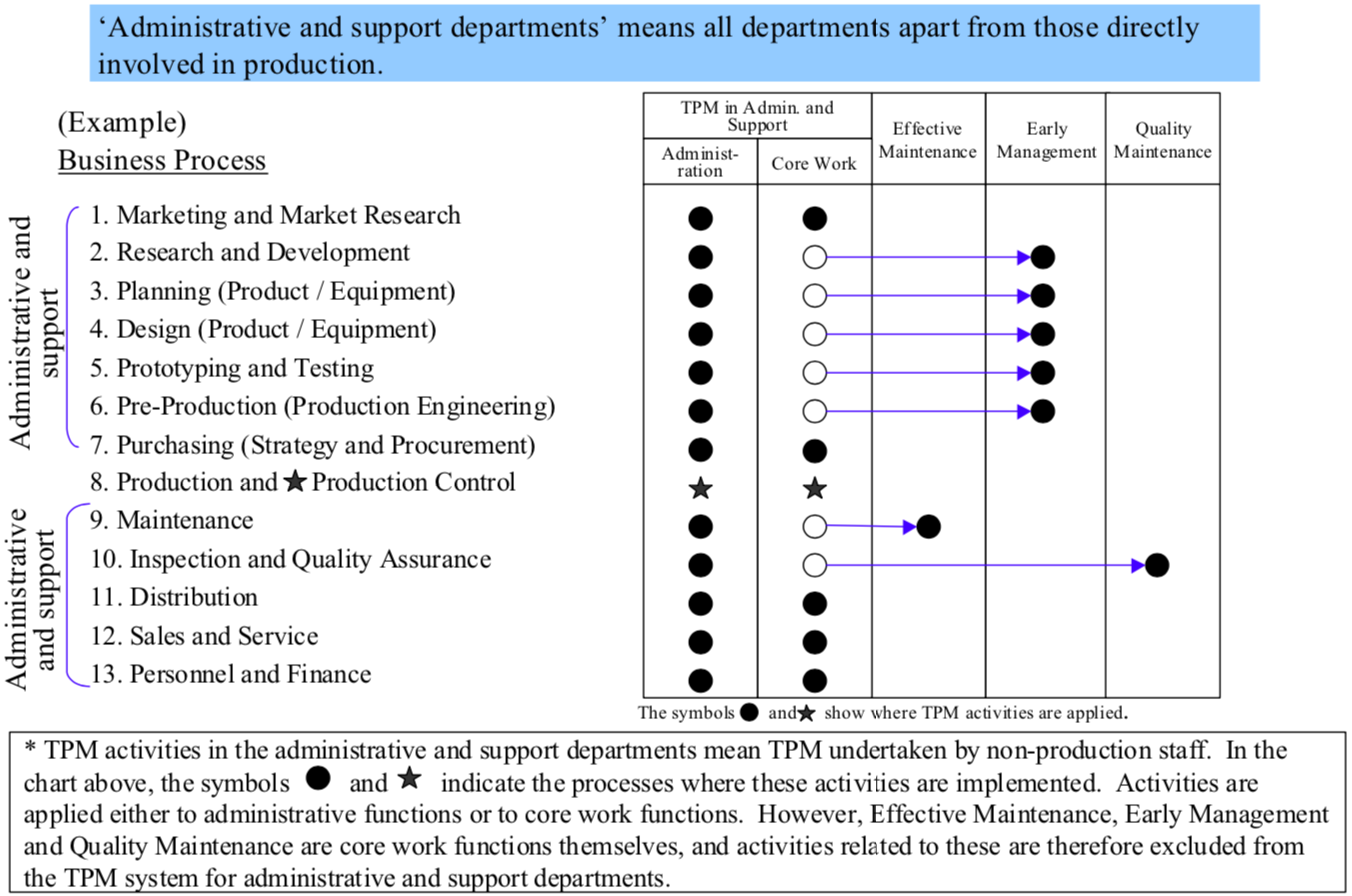
The 3 Main Pillars
TPM activities in administrative and support departments must be developed basically through the three pillars of Autonomous Maintenance, Focused Improvement, and Training and Development (see Figures “System of TPM Activities for Administrative and Support Departments (based on Value Engineering)” and “Setting up TPM Pillars in Administrative and Support Departments”).
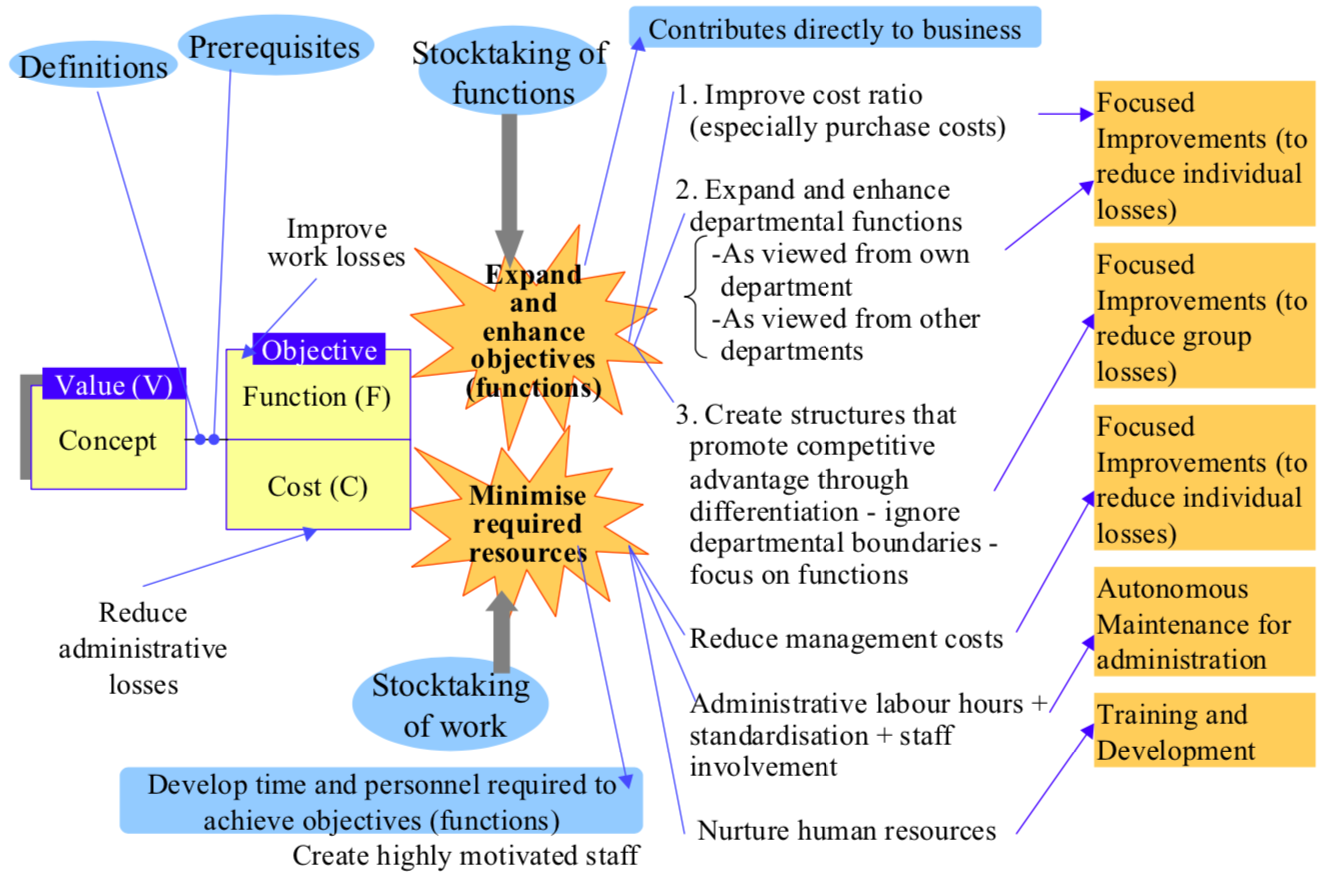
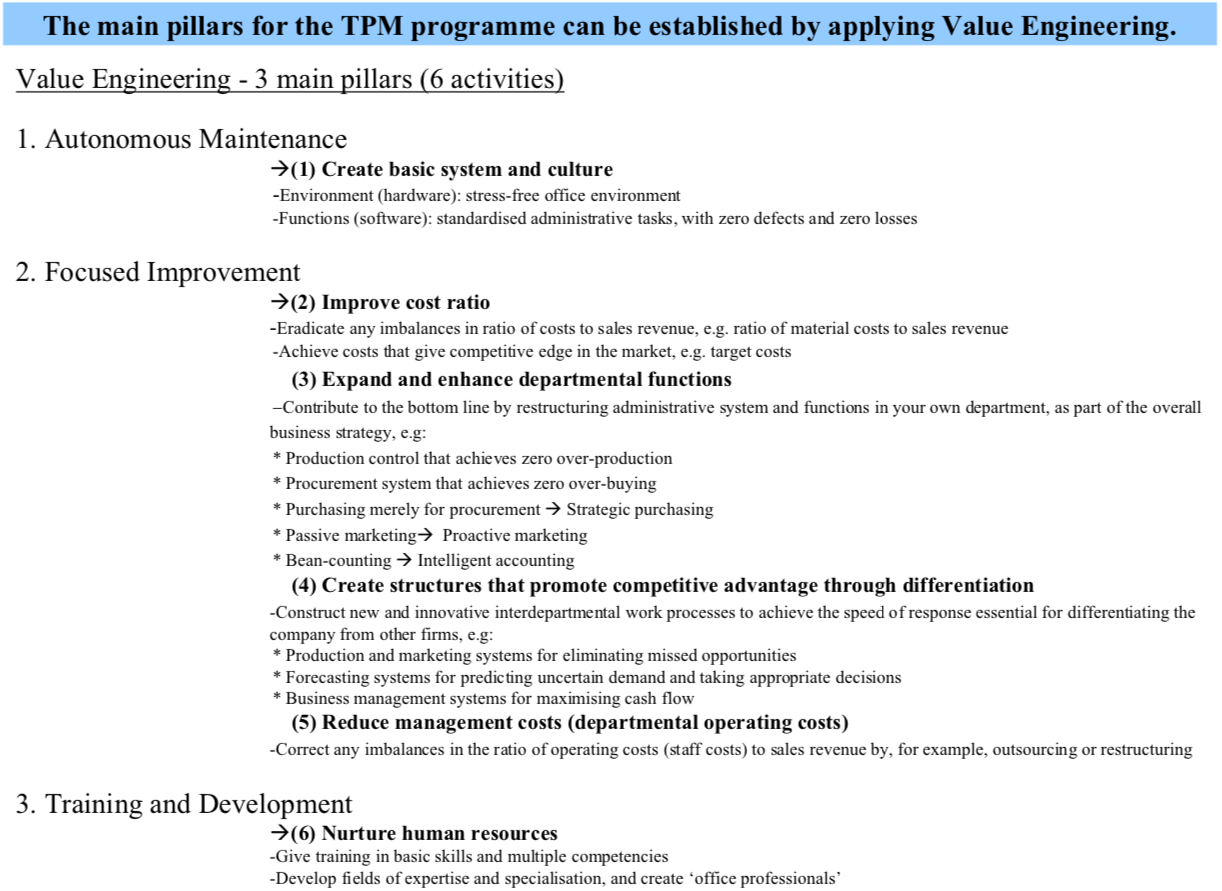
(1) Autonomous Maintenance for administrative functions (inputs)
Building an Autonomous Maintenance system is one of the basic features of TPM, and it is also a key aim of TPM in Administrative and Support Departments. Administrative processes must be controlled through Autonomous Maintenance, so that work tasks can be processed smoothly and efficiently.
This requires a two-pronged approach, addressing both the administrative functions and the administrative environment. As far as functions are concerned, the aim is to improve the administrative quality of work tasks, raise effectiveness, and build an administrative system that is economical to run. The administrative environment, meanwhile, must be designed to remove any causes of psychological or physiological problems that employees may experience, by eliminating stress relating to office equipment and conditions, in order to achieve and sustain high levels of administrative efficiency.
(2) Focused Improvement for core work functions (deliverables)
Each department must make every effort to maximise the effectiveness of the core work it currently does, by examining the functions and the systems it uses and eliminating chronic losses. The department’s vision and mission should serve as basic reference points for these activities. Departmental work rarely involves the staff of that department working in complete isolation – more often than not, their work is linked closely to that of other departments. Therefore, we must start by identifying those cross-departmental processes that are likely to benefit most from improvement, and form project teams made up of staff and managers from the relevant departments in order to eliminate losses through Focused Improvements.
(3) Training and Development
Advances in computer technology are revolutionising the way we work, making it essential for companies to equip their employees with excellent information processing skills. A firm will have little chance of surviving, let alone expanding, if employees are left to learn their jobs by watching and imitating others, and then filling in the gaps through their own experience. Rather, it must seek to increase the value of its human assets by educating and training its employees properly. To do this, the company must set up training systems for each occupation and grade, establish the standard knowledge and skills required by each employee, and then draw up a suitable curriculum.
Administrative functions are:
- Functions for processing information (job inputs)
- Functions common to all administrative and support departments, e.g. reading and preparing documents, calculating, etc.
Core work functions are:
- Business functions (job outputs)
- Actions carried out by administrative and support departments that form part of the business and accomplish the objective of creating profits, e.g. achieving targeted purchasing costs and never buying too much or too little of anything.









